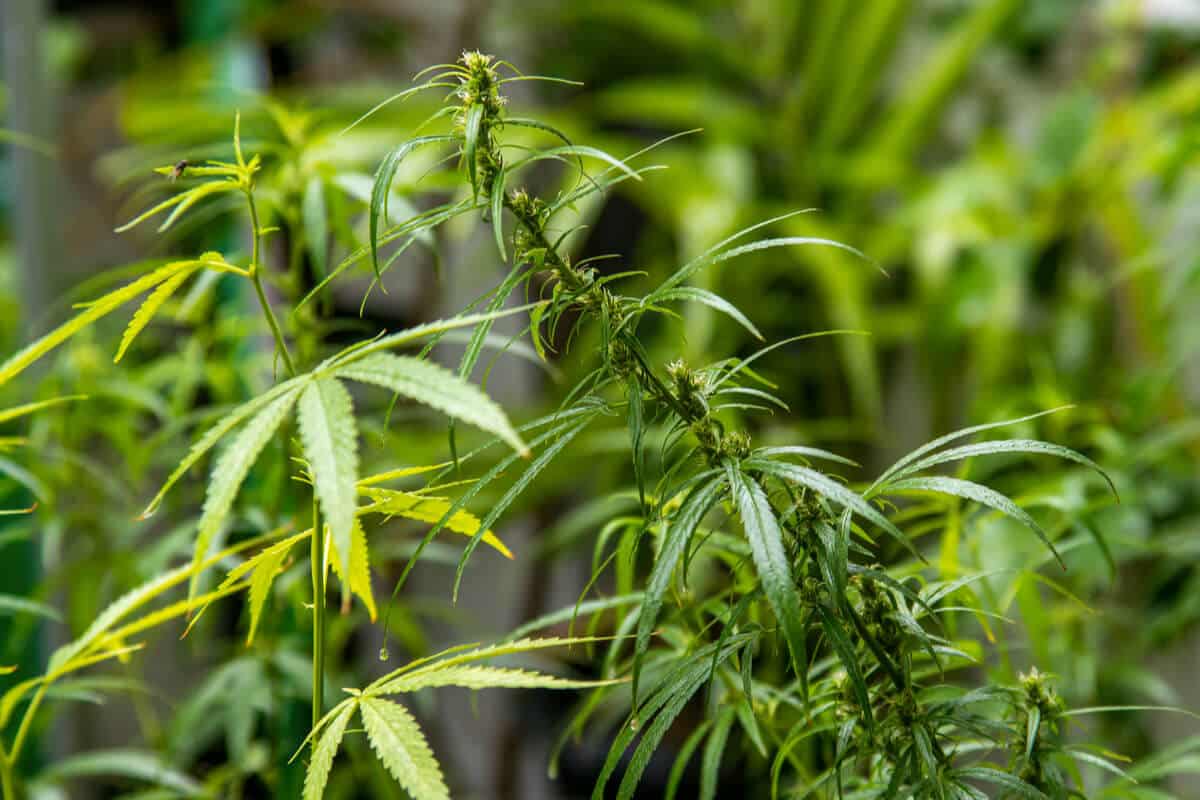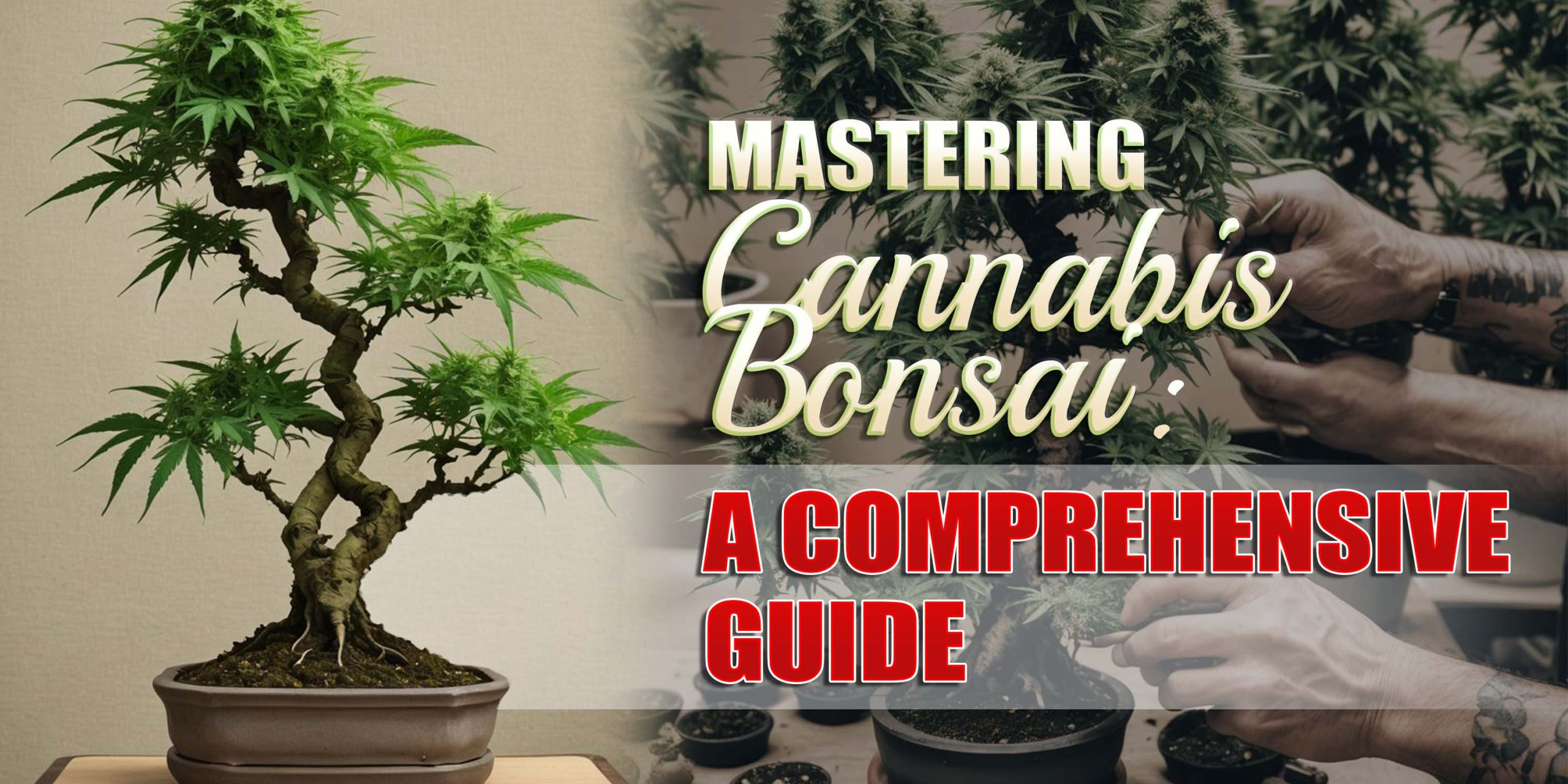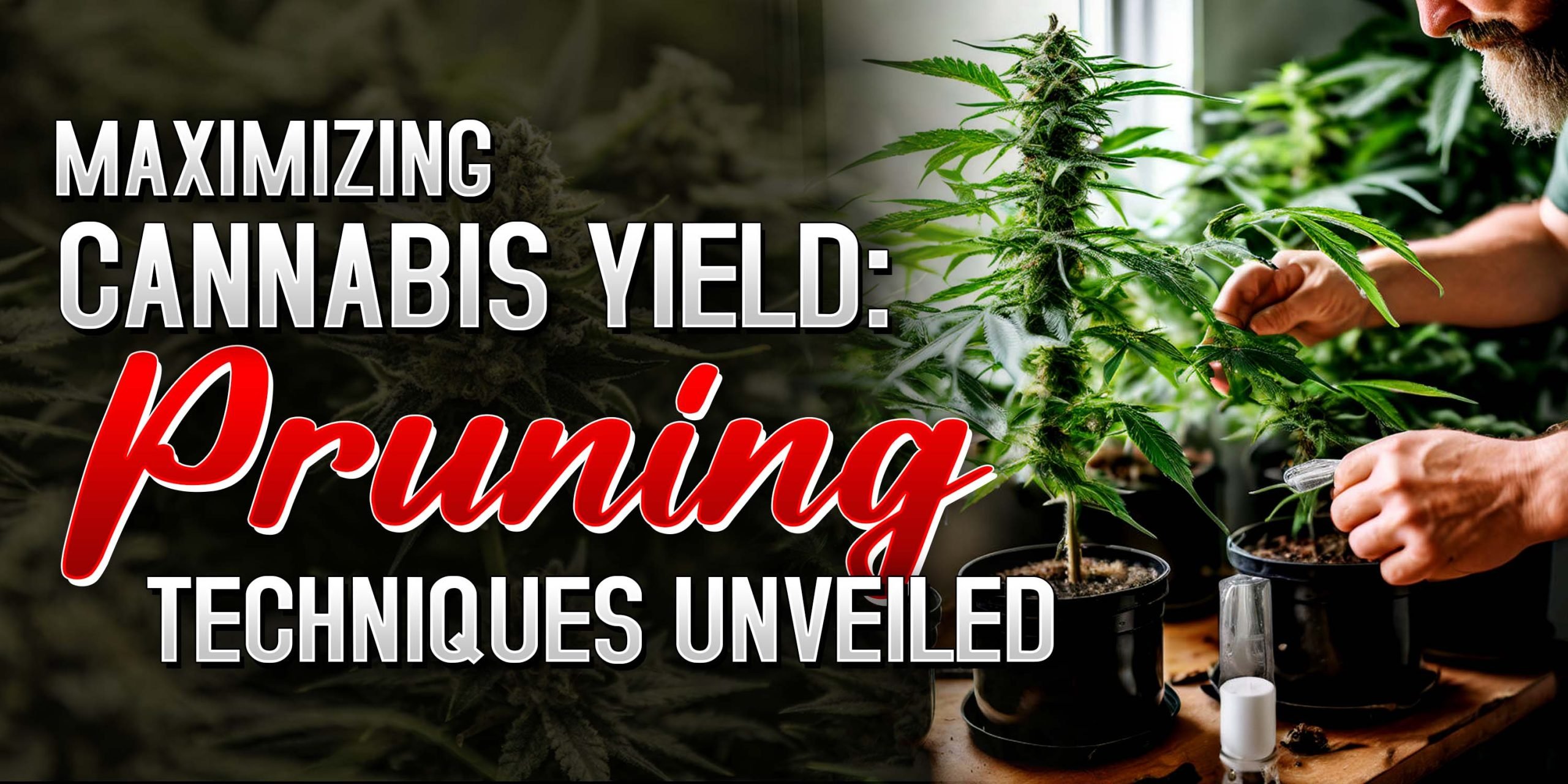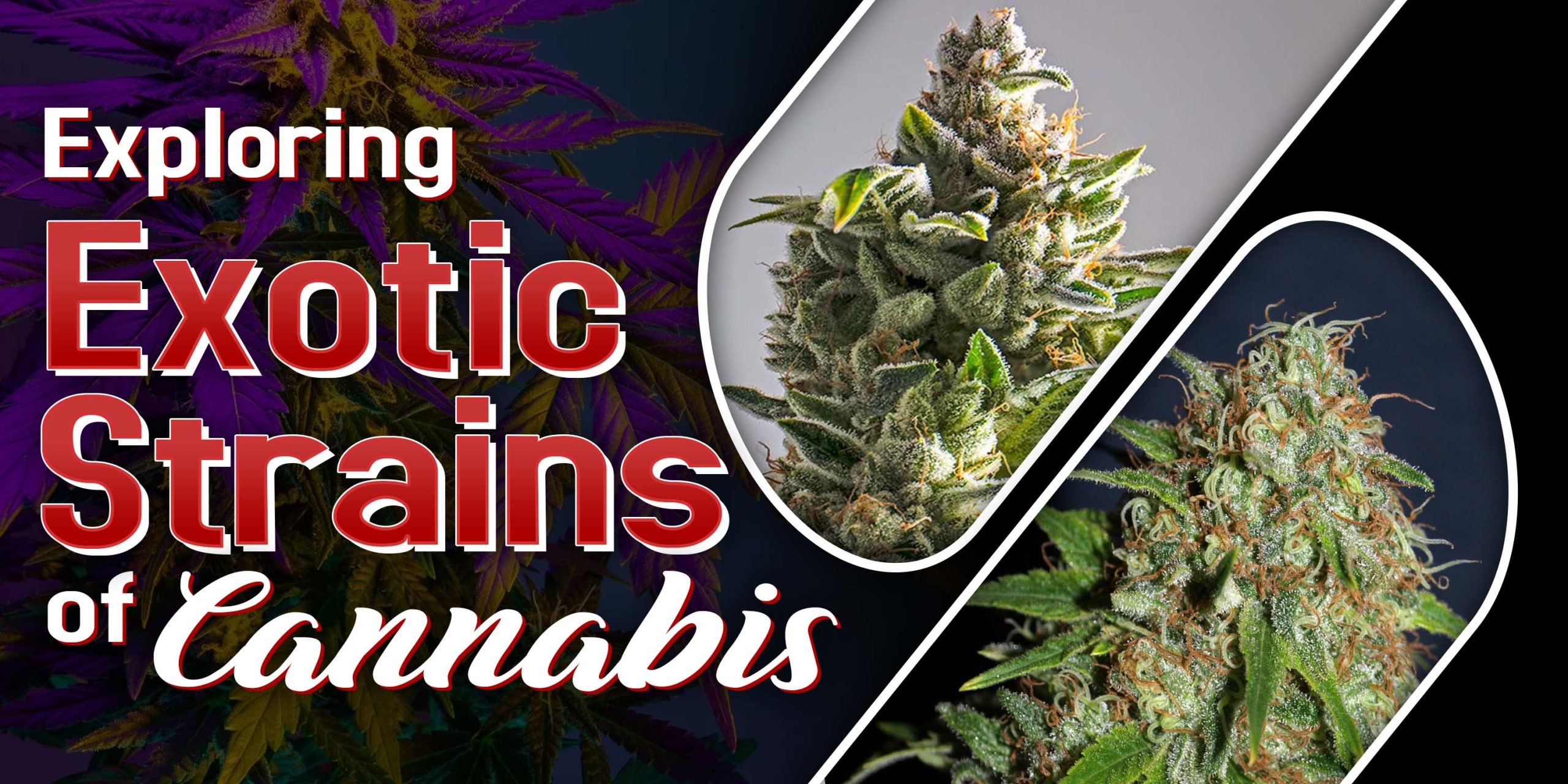If you plan on growing Marijuana plants, then most likely, you’ll have to deal with various factors. Factors such as growing conditions, mediums, soil, light, and the most crucial part are identifying the sex of your cannabis plants. To learn more about this, read further down on how to distinguish male vs. female weed plants, and how one matter than the other.
Botany 101: Male vs Female Plant
Almost all plants reproduce by way of pollination, and pollination can happen in a variety of ways.
- Monoecious are plants that produce both flowers and pollen on the same plant. These types of plants are called Hermaphrodites because they have both reproductive organs, the pollen and the buds, and male and female reproductive organs.
- Dioecious are plants like cannabis, and they can either produce a male or female plant organ on each plant. For plant reproduction, male and female plants are needed.
Cannabis plants can grow either female or male, and you can separate how each plant grows in an environment.
Seeds: Male vs Female Plant
Already, there are numerous benefits for growing female plants with no male interference. One reason behind this is that the female plants contain all the resinous buds that only come from marijuana plants that are of the female variety. Having both male and female plants in your grow area will result in a cross-pollination process needed by female plants to produce seeds.
- Removing male marijuana plants at an early stage has advantages to it.
- Removing male marijuana plants free up tons of space for your female plants to grow large and bushy.
It also prevents male marijuana plants from pollinating several female plants and developing seeds inside the buds. A cannabis plant’s flower full of seeds is deemed low-quality and grows mainly if it is intended to be smoked. When seeds are present in the cannabis buds, the potency and flavors are somewhat altered.
However, for growers who intend to grow marijuana for breeding new strains, this is good news. Still, for cannabis growers who cultivates marijuana for recreational and medicinal purpose, this is devastating news.
The difference between Male vs. Female Weed Plants
If you are planning to grow cannabis and aren’t dealing with feminized seeds, then you are working with regular seeds. Regular seeds are, as the name suggests, could be either male or female. Know first how to identify female plants:
- Although a male cannabis plant of the same strain has a wider stalk, female plants are bushier and shorter, with more leaves on the top. Male plants tend to grow tall but only have very few leaves.
- Like the male plants, you can observe their gender through their joints or the area where the main stalk and branch meet. Examine this area, and when you see small and thick hairs coming out of a tear-shaped bud that is inserted in the joint, this is the sign that it is a female cannabis plant.
Knowing the difference between a male and a female cannabis plant is an important knowledge grower should have. Luckily, determining their gender is pretty easy, and you’ll know what parts to look out for. Here is what you know about male cannabis plants:
- A male plant has a thicker stalk compared to a female strain because male cannabis plants tend to grow taller than female plants of the same strain. They need to have a bigger stalk to support their weight.
- Male sacs are located between the joints or the area where the branch and main stalk meet. This ball between them is an indication that it is a male plant.
- Male plants show their gender ahead of female plants, around 7 to 10 days earlier when indoor grown, and three weeks before female plants when grown outdoors.
Identifying Your Plants: Pre-Flowering stage
Depending on various environmental factors such as growing conditions, strain, and sex, the pre-flowering phase often starts to develop during the first 4 to 6 weeks into seasonal outdoor growth. By week six, you can confidently determine which flowers are male and female if grown outdoors.
To have a more understanding of these nodes, the best way you go about this is having yourself magnifying lenses, because sometimes these nodes are quite hard to see with a naked eye. When examining with magnifying glasses, look for small growths of sacs, or female bracts, which will soon provide hair-like stigma.
If your cannabis plants don’t start to show pre-flowers at the six-week mark, are they late-bloomers? Certainly not. This adage is only applicable to plants that are grown outdoors that heavily rely on daylight exposure. If you are growing your cannabis plants on an indoor environment with a 24-hour light cycle, then most likely, your plants may not begin to pre-flower.
Usually, pre-flowering is triggered by 12-12 light and dark cycles. This means the plant is exposed to 12 hours of light and 12 hours of darkness. Because of this, cannabis plants are photosensitive, which means they need a few days of uninterrupted darkness before showing pre-flowers.
What If It has Both Reproductive Organs?
When a cannabis plant exudes both reproductive organs, it is called a hermaphroditic plant and must be considered a male plant. Hermaphroditic plants can destroy your cannabis garden because of their ability to produce pollens.
When cannabis plants go hermaphrodite, it does have something to say about the genes or growing conditions. Some factors for cannabis plants to be hermaphrodites are:
- Extreme Temperature
- Plant Damage
- Nutrient Deficiencies
- Light Leaks
That’s why it is vital to keep an eye on every plant once exposed to these stressors. One of the primary culprits is a poorly-maintained indoor grow environment, light leaks, and high temperatures.
Purpose of Sinsemilla
Sinsemilla is the process by which you take out the male plants from your growth for the female cannabis plants not to get pollinated. By this, male pollens will never encounter female flowers. In return, female cannabis plants never develop seeds, and then they are more likely to produce larger buds that contain resins.
As a grower, it would be wise to cut plants that are forming pollen sacs, and this is because it can pollinate various female plants in a matter of days. When female plants are fertilized, they are more inclined to spend their energy to produce seeds rather than providing highly potent buds. As a result, you are going to deal with a poor-quality harvest.
Remember that pollen is extremely good at traveling, when you intend your grow for recreational and medicinal use, keep them away from your female plants. If you plan to grow and produce seeds, have a separate room for males and females.o
Now that you have a good idea and a better understanding of the difference between male vs female weed plants, you should be able to keep your garden free from these pollen-producing plants.
Conclusion
Distinguishing male vs female weed plants is the most critical part when it comes to cultivation. It’s been listed above on why female plants are preferred compared to male plants. Always keep an eye on those pollen sacs if you don’t want to destroy your growth.
Growing cannabis requires tons of knowledge to be successful in it. Knowing the difference between male and female is only the start of it. Enjoy cultivating! The first part will always be the hardest, and the result will be rewarding and fulfilling for you! Grab your seeds now at cannabis seeds.


















